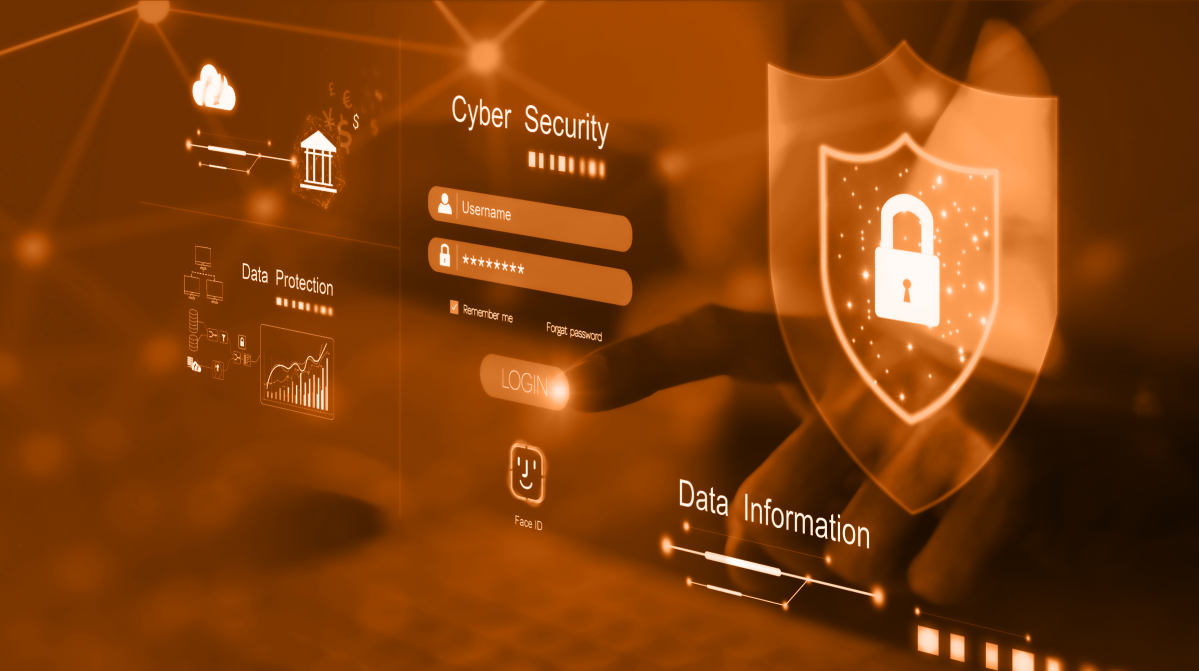
Many mid‑sized businesses run on outdated or unsupported software, unaware that this negligence is a ticking time bomb. A recent TechTarget survey revealed that 32% of cyberattacks exploit unpatched software vulnerabilities. Whether it’s Windows 10 nearing end-of-life or legacy ERP platforms, ignoring updates leaves firms exposed—often with devastating financial and reputational consequences.
These are common in mid‑sized firms—often due to budget constraints, hardware limitations, or fragmented IT environments.
Outdated systems carry known flaws that attackers can easily exploit. For example, nearly one-third of breaches arise from unpatched software. Recent examples include the MOVEit and Log4Shell incidents, highlighting how neglected updates lead to high‑impact breaches.
Regulations like GDPR, NIS2, and PCI-DSS require supported software. Running expired systems can result in hefty fines and eroded customer trust.
Cyberattacks on outdated software often lead to ransomware or business-interrupting outages. In the first half of 2025 alone, ransomware surged 49%, disproportionately impacting mid‑sized firms (51–200 employees).
Legacy apps often fail to support modern APIs or security tools, increasing reliance on insecure workarounds and expanding the attack surface.
“Keeping software current isn’t just an IT task—it’s a cybersecurity imperative,” says Tim Butler, CTO of Magix. “Mid‑sized enterprises often neglect legacy systems until it’s too late. We help clients proactively manage software lifecycles to close exposure before breaches happen.”
Catalog every system, flag unsupported/out-of-date software, and prioritize risk exposure.
Implement a patch‑first mindset. Research shows that applying patches within a month can reduce APT (advanced persistent threat) risks by up to 9x.
Isolate legacy systems behind internal firewalls or in segmented networks to limit lateral movement when breaches occur.
Use continuous scanning tools to detect unpatched software and identify risky configurations.
Move towards supported platforms—cloud-native, open-source with active communities, or AI-enhanced with automatic patching.
Outdated software isn’t merely inconvenient—it’s a high-risk vulnerability. Legacy systems invite breaches, disrupt operations, and expose mid‑sized businesses to legal and financial fallout. Magix empowers clients to treat software currency as a strategic security policy—closing gaps before they become catastrophes.
Contact Magix today for a software lifecycle assessment or vulnerability scan, and secure your systems before outdated tech becomes outdated trust.


